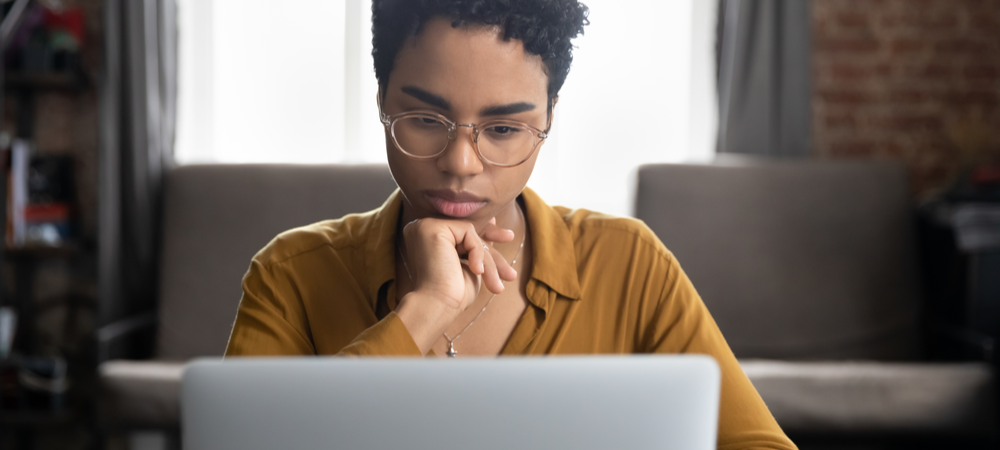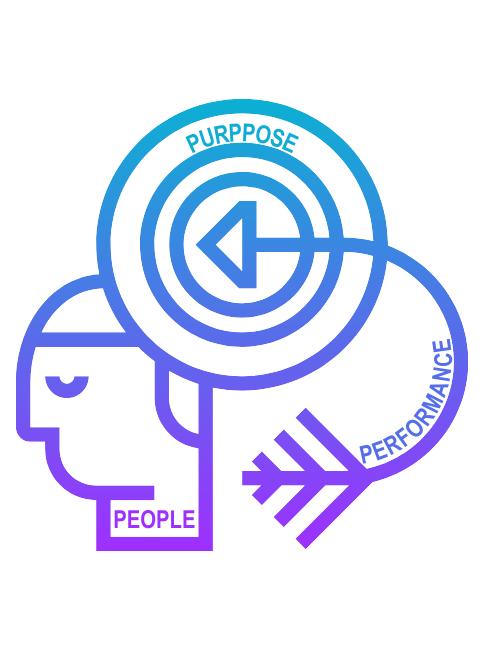
A leadership novel for first-time leaders
‘Learn. Feel. Lead’ is a Must-Read
A leadership novel for the first-time leaders
that aims at coaching first-time leaders into effectiveness, through fictional situations and characters.
In other words, a self-development book within a fictional setting.
Introduction:
Luca is a sales representative in a company (Aurora Inc.) which is struggling to survive. You will meet a bunch of colourful, authentic, stressed-out characters.
Further to unexpected events, Luca is promoted into a leadership position, without any formal training or mentoring. From now on, Luca will face several challenges but will be helped along the way by odd, informal characters: a printer, a mother, a truck driver, a homeless person, and so on.
The idea behind this is that you never know what kind of disguise your teacher will take next. Every chapter offers a challenge and a solution, including its implementation. Luca learns that it is paramount to understand the expectations of his stakeholders, learn massively what needs to be learned, he needs to become effective in assessing his co-workers, giving them feedback, facilitating decision making, managing his bosses, understand what modern leadership is.
All that, at the same time, managing a challenging family life, and about to become a father for the first time.

About the author
Vladimir Novac is based in Bucharest, Romania and works as top-executive leadership trainer and coach around the globe. He is certified NLP Practicioner and Change Indicator Analyst and especially dedicated to the topics of team development, self leadership, performance management and change. Inspired by a big personal mission, he is enriching the MDI world since many years with knowledge and passion.
Hello Vladimir,
thanks for taking the time to answer a few quick questions about your exciting new book!
First of all, of course, we want to know what motivated you.
Why did you write this book in the first place?
Of all leaders in any organization, new leaders go through the most challenging journey.
From agony to ecstasy, from sheer confusion to blinding clarity, the ups and downs of a first time leader are difficult to foresee, not only by the leaders themselves but also by their direct managers.
In my 20 years experience of working with leaders around the world, I have become familiar with their challenges and needs. And it is probably a good time to address them. Hence, the book.
Where or how can you apply the book well as a first-time leader?
I think that every leader can benefit from this book, although my primary target is first-time leaders.
The well-known and still very valid, concepts in the book, from stakeholders’ analysis to Tuckman’s stages of team development, are presented as a story, where theory becomes alive, a ‘3 D’ rendering of what a first-time leader can go through in the first months of their job.
Every theory is presented as a practical example – a stage with authentic characters that reveal themselves to you, dialogue after dialogue.
Can you draw important insights as HR and L&D from this book?
A former HR Manager myself, I am painfully aware of HR, and L&D’s struggles when it comes to ensuring that new leaders have what they need in order to succeed. I do not think there has ever been a more complex environment for a Leader than it is now…
As a leader myself, the book addresses both the skill set needed for the first months in a leadership position as well as the mindset. While the skill set is easily acquired by most, mindset is less addressed: and it is exactly what we should be focusing on.
Mindset for first-time leaders
This book accounts for some of the thoughts, concerns, fears, as well as small victories, and epiphanies, that new leaders can experience.
I believe that this book can make a difference, can silently guide new leaders through the labyrinth of their everyday challenges. I believe that this book can support the growth of your future performers.
One leader at a time.





















